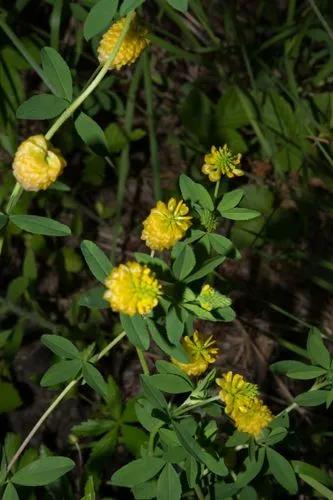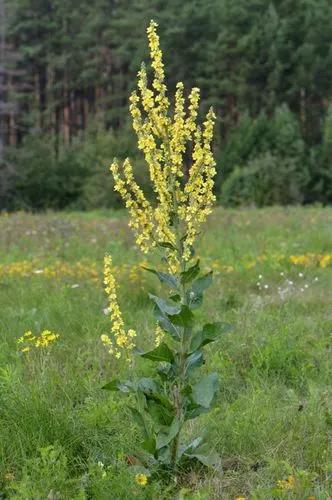Mandevilla laxa, commonly known as Chilean jasmine, is an ornamental plant in the genus Mandevilla of family Apocynaceae. It grows as a vine and is deciduous in cool climates. It can grow to 6 meters tall.
Chilean-jasmine Care
Mandevilla laxa



Strongly fragrant and vigorous, Mandevilla laxa (Chilean Jasmine) is a semi-evergreen, woody, twining climber with sprays of 3-15 large, creamy-white, funnel-shaped flowers, up to 3 in. across (8 cm), with broad petal lobes. The blossoms release a sweet vanilla fragrance that is most pronounced in the evening. Masses of heavily scented white flowers are produced in the summer. As it is not fully hardy and does not survive being frozen, in temperate zones it must be grown with the protection of glass, in an unheated greenhouse or conservatory with full sunlight.
How to Care for the Plant

Water

Chilean Jasmine requires plenty of water. Rainwater is preferred since it contains less lime. The soil must remain fairly moist but not wet. On hot summer days, it needs to be watered daily. During the summer, frequently add Phostrogen plant food when watering your Mandevilla.

Pruning

Once blooming ends, and the winter has set in, it’s time to do your main pruning. Trim off all dead or dying vines, and remove any spent flowers. If you're growing your jasmine as a garden vine, the winter pruning is your most in-depth pruning of the year. The rest of the year, you can tip-prune if desired to coax more fragrant white flowers during their growing season.

Fertilizer

Feed a plant with a liquid fertilizer designed for flowering plants

Sunlight

Plants need at least 6-8 hours of filtered sun daily.

Soil

A blend of peat moss, vermiculite, and perlite offers the best mixture.

Temperature

The preferred temperature range for this plant is 65°-80°F.

Container

Container should provide ample drainage and room for growth.

Popularity

10,684 people already have this plant 1,489 people have added this plant to their wishlists
Discover more plants with the list below
Popular articles






